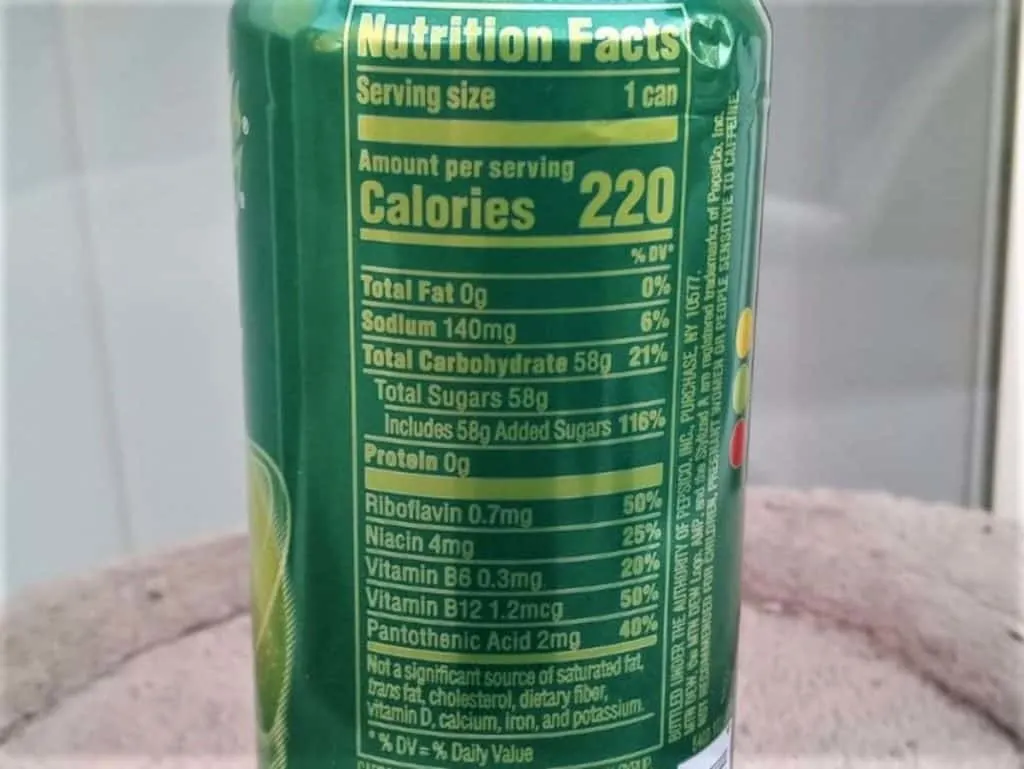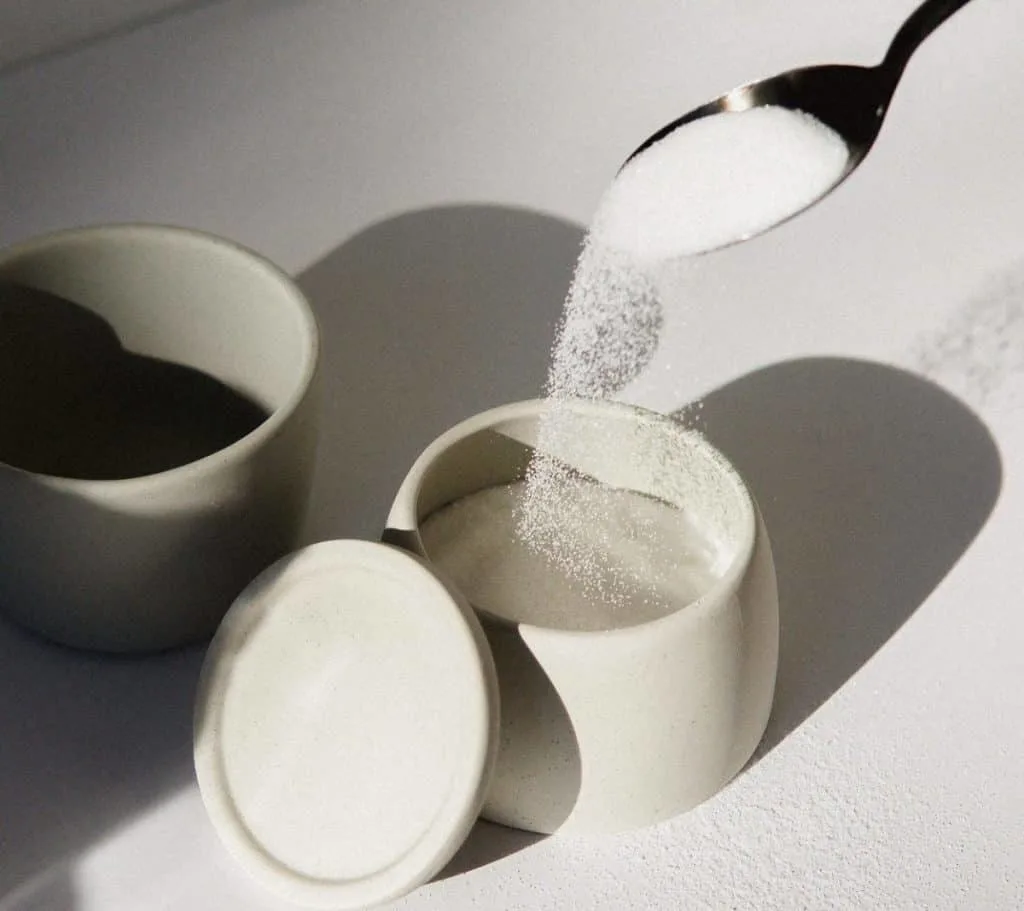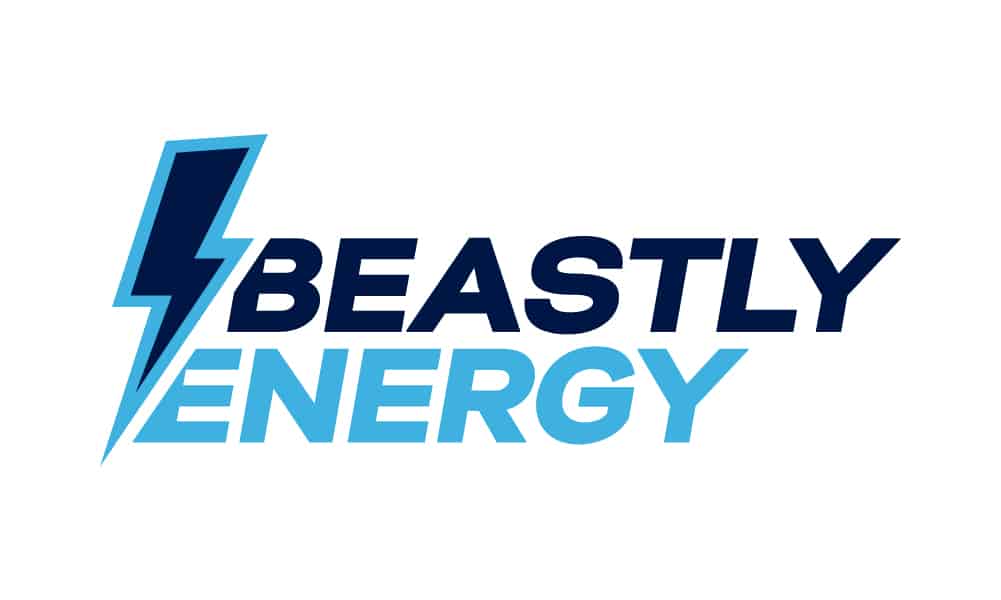If you enjoy the taste of Mountain Dew, you might find yourself interested in Mountain Dew AMP, the energy drink based on that immediately recognizable flavor.
That being said, given all that you’ve heard about sugary energy drinks, you’re probably wondering if Mountain Dew AMP is actually bad for you.
Fortunately, it doesn’t really take much to figure out if a certain brand is bad for you. All you need to do is take a look at the back of the can and have a look through the ingredients.

There’s quite a bit to unpack before we answer the question if AMP Energy is bad for you.
The short answer is yes, AMP Energy Drink isn’t exactly the best energy drink for your health, and can be outright bad for you if have it on a near-daily basis.
Read on for a deeper look into the pros and cons of AMP Energy Drink, and why exactly it could be bad for you.
Contents
AMP Energy Drink Pros
Safe Amount of Caffeine
A 16 fl.oz can of AMP carries 142mg of caffeine.
By energy drink standards, AMP holds a reasonable amount of caffeine, not too much, and still enough to give a boost.
The daily maximum limit of caffeine recommended by the FDA for adults is 400mg, so one can of AMP is still well within the safe zone.
Acceptable Daily Value of Vitamins
AMP carries 5 types of vitamins, and they are listed below with their functions.
| VITAMINS | Functions | Percent Daily Value |
| Vitamin B2 or Riboflavin | Helps in the digestion and absorption of nutrients; maintains tissue health | 50% (0.7mg) |
| Vitamin B3 or Niacin (as niacinamide) | Converts nutrients to energy; repairs DNA; supports system as antioxidant | 25% (4mg) |
| Vitamin B5 or Pantothenic Acid (as calcium pantothenate) | Breaks down fats, proteins and coenzyme A; promotes healthy skin | 40% (2mg) |
| Vitamin B6 or Pyridoxine (as pyridoxine hydrochloride) | Supports the central nervous system; ensures smooth metabolism | 20% (0.3mg) |
| Vitamin B12 or Cobalamin (as cyanocobalamin) | Generates red blood cells; maintains brain function and nerve tissue health | 50% (1.2mcg) |
Vitamins are only needed in small amounts, as they are in AMP, but the role they play in the body is crucial.
That being said, you’re probably getting a more substantial amount of B Vitamins from your daily diet already, so while its presence in AMP is an added bonus, it’s not exactly the reason you should be having AMP Energy.
“Natural” Ingredients
AMP also holds many other ingredients with antioxidants and antimicrobial properties, along with a myriad of other health benefits. They are:
- Taurine
- Guarana extract (bearing extra caffeine)
- Panax ginseng root extract
- Citric acid
- Gum arabic
- Sodium

I have written about the ingredients mentioned above at length in my AMP Energy Drink caffeine and ingredients article, which you may read for further information.
How much taurine is in AMP?
Taurine is frequently added to energy drinks because it is considered to enhance both mental and physical alertness. AMP Energy Drink, in particular, has about 2000 mg of taurine per can. Fret not , taurine has been shown to be safe in doses as high as 3000 mg per day.
Taurine is a type of amino acid that is essential for the proper functioning of several organs in the body, such as the heart, brain, and eyes. It also contributes to the development of the nervous system.
AMP Energy Drink Cons
High in Calories
There are a total of 220 calories in a 16 fl.oz can of AMP Energy Drink.
The recommended daily calorie intake for men is 2500, and 2000 for women, meaning one can of AMP supplies around 8-10% of the ideal daily amount of calories for a person.
While that percentage may seem low to you, the numbers will easily add up as you consume your regular meals throughout the day.
AMP makes no claims about their products being low-calorie, but it’s still important to note what qualifies as a “low-calorie food”, which AMP is not.
If you are watching your sugar intake, don’t look at calories. Look at the Total Carbohydrates section, which will tell you the number of digestible sugars in AMP.
Too Much Sugar
AMP Energy Drink carries 58 grams of sugar per regular 16 fl.oz serving. Which is quite a lot.
The can lists this amount as supplying only 21% of a person’s daily carbohydrate intake but if you look further, see how it says on the can that it supplies over 116% of your daily sugar needs.
That’s 16% more sugar than you need in a day.
Excess carbohydrates increase your glycemic index which raises the insulin level in your blood, forcing your body to take on more fat than it would naturally do.
To put it in perspective, the daily recommended sugar intake as suggested by the AHA for adults is 24 grams for women and 36 grams for men.
More likely than not, your diet already carries a good amount of sugar. Even so, AMP continues to supply almost twice the amount of sugar you need in a day in just one can.
The video below by Healthline delves a bit deeper into how much sugar you should be having a day:
Healthline lists the different standards according to different organizations, and the presenter points out that the WHO recommends only 10 grams a day. AMP has five times the sugar.
High Fructose Corn Syrup
High fructose corn syrup (or HFCS) is a sweetener made from corn starch that is chemically similar to but much sweeter than regular processed white sugar. It primarily contains sucrose and water.
This ingredient probably accounts for the whopping 58 grams of added sugar/total carbohydrate that is present in a single serving of AMP Energy Drink.
HFCS is responsible for increasing your risk of developing conditions like obesity and cardiovascular disease. So be careful how much of it you decide to allow into your diet.
As per The FDA’s recommendation, I strongly suggest you limit your intake of HFCS.
Food Colorings
Yellow 5 in AMP Energy Drink
Yellow 5 is an artificial food coloring that is used in many commercial food products. It goes by many other names like tartrazine.

Many experts have found that yellow 5 has been linked to hyperactivity in children and possibly even cancer. One study found that the food dye had a genotoxic effect on cells, causing them to mutate over a long period of time.
Blue 1 in AMP Energy Drink
Blue 1, also known as Brilliant Blue FCF, is a color additive that is not used in foods but also in cosmetics and medical devices.
The FDA has issued a warning that highlights some of the risks involved with consuming Blue 1 namely experiencing blue discoloration of the skin, urine and feces, among other things.
While these symptoms may not manifest immediately, or even with just one intake of the food product, it’s important to look at the list of ingredients on the back, especially if the item does not get its color from natural pigments.
A quick Google search can always reveal the status of certain dubious food dyes.
Sodium Benzoate
Sodium benzoate is a preservative used to extend the shelf life of processed foods and beverages. It is made by combining benzoic acid and sodium hydroxide, and it bears no nutritional value.
The FDA has approved it as a generally safe ingredient, but supporting studies insist that further research is still needed regarding significantly different amounts of sodium benzoate in food.
Sodium benzoate creates benzene, a carcinogen, under certain conditions. The FDA considers low levels of benzene to be safe, but many concerns regarding benzene have been raised.
Other potential health concerns include:
We don’t know how much sodium benzoate is in AMP Energy Drink.
Calcium Disodium EDTA
Calcium disodium EDTA is a popular food additive used to preserve the texture, flavor, and color of food products. It bears no nutritional value.
There have been concerns raised by the New Zealand Medical Journal over the safety of calcium disodium EDTA as a medical drug.
The FDA has set limitations on the amount of calcium disodium EDTA that food companies can legally put in their products.
We do not know how much calcium disodium EDTA is in AMP Energy Drink.
Is AMP Energy Drink Healthy?
AMP is not a healthy drink, nor is it a healthy energy drink.
If you’re thinking of healthy drinks, go for plain water or natural fruit juices. Energy drinks are not high on such lists because of the numerous additives and sweeteners in them.

If you are thinking of healthy energy drinks, AMP still doesn’t hold a good ranking. High fructose corn syrup is a big factor in this. The food dyes also carry an unnecessary risk to your health.
AMP is not healthy by a long shot.
Is AMP Energy Drink Bad For You?
I’d like to think that I gave AMP Energy Drink a fighting chance, but it seems the cons outweigh the pros.
AMP is bad for you if you are:
- a child
- a pregnant woman
- a person sensitive to caffeine
- a person watching your carb intake
- a person on insulin medication or having any sugar-related diseases
- drinking AMP every day
Not recommended for children, pregnant women or people sensitive to caffeine.
AMP’s warning label

The warning on the label is there because of the caffeine, but I would say that caffeine is not the only ingredient to watch out for.
With AMP’s sugar level, those who are watching their carb intake should avoid AMP, and anyone on insulin medication or having any sugar-related diseases definitely should not go near AMP. Please consult your physician if you aren’t sure whether you can handle AMP.
That said, even healthy adults should try and stay away from high-sugar food products as much as they can to avoid getting diseases further down the line.
Also, keep in mind that most other energy drinks work just as well (if not better) than AMP, and they don’t carry as many controversial ingredients.
The dyes Yellow 5 and Blue 1, as well as the other extra additives, are known to be artificial ingredients that have inconclusive safety status.
AMP is not ‘bad’ for you if:
- you are a healthy adult
- you drink AMP occasionally
- you drink AMP in appropriate amounts.
Face it, you might need a boost one day and AMP is your only option. The caffeine in AMP, coupled with the sugar, is enough to provide the boost that you might be seeking in an energy drink.
If you take AMP sparingly or under specific circumstances, it probably won’t have a long-lasting negative effect on you.
As for why you should not drink AMP every day, I have written an article here that discusses it thoroughly.
How bad is Mountain Dew AMP?
Mountain Dew AMP contains a lot of caffeine and sugar. Some people believe that these ingredients are hazardous to one’s health. A healthy adult, on the other hand, will not be harmed by drinking it. The drink itself is not harmful to everyone.
If consumed in moderation and avoided by pregnant, lactating, and immunocompromised women, the drink would not pose any health issues. However, excessive use, as well as use by minors and children, can have negative health consequences.
Personal Opinion
Personally, AMP is just not all that good for you. It’s pretty bad for your health and it may lead to irreversible health conditions if you drink it too frequently,

Sugar is widely persecuted across the food industry, and to have such a potent amount in AMP is generally not the best way to get your energy boost.
As I’ve said above, and I would not recommend AMP for regular consumption, mostly due to its high sugar content and usage of HFCS.
But, as a once-off treat every now and then, especially if you feel like you’re blood sugar is running low, having a can shouldn’t mess you up too bad.
